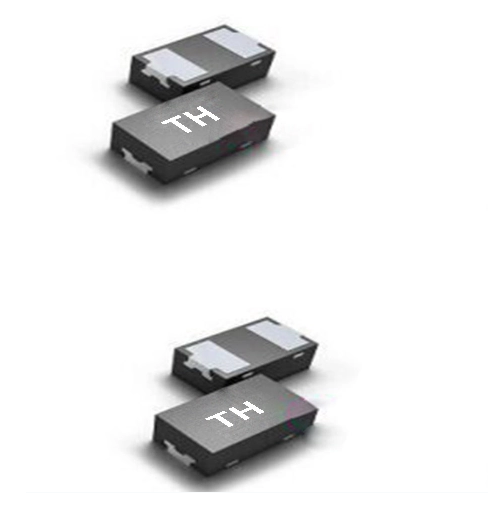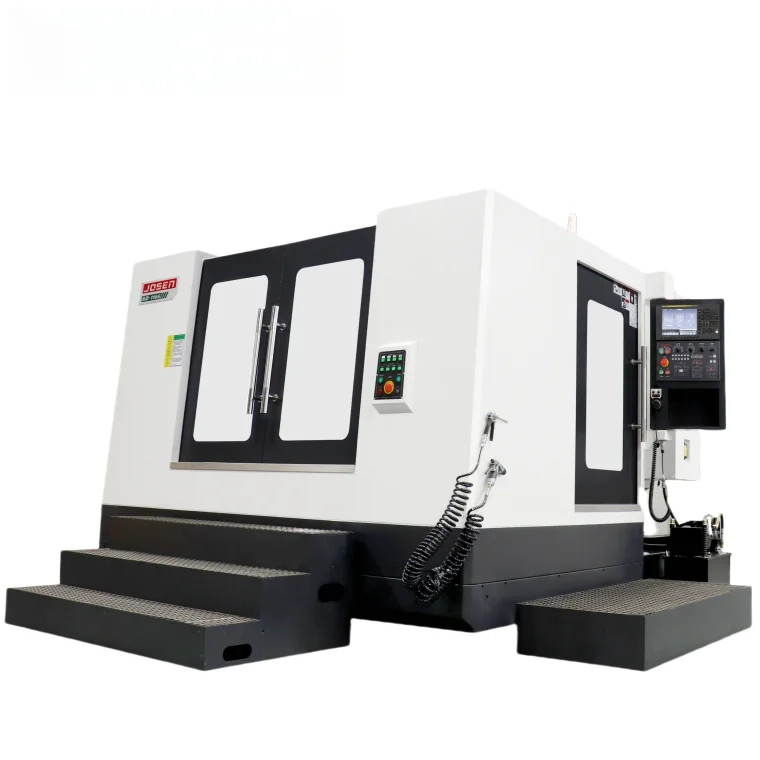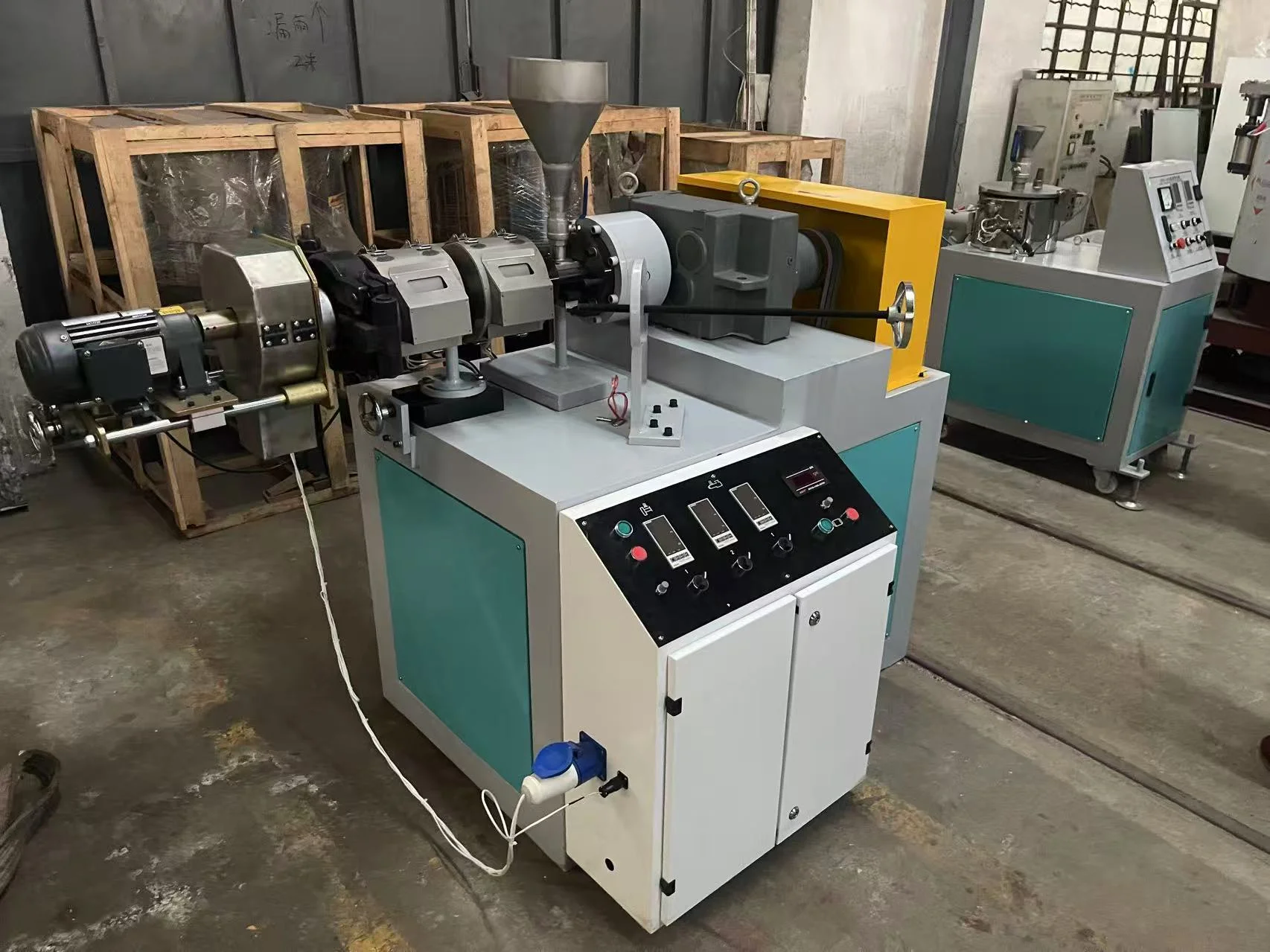The structural difference between double row sprocket and single row sprocket
Double row sprocket and single row sprocket have significant differences in structure, mainly reflected in the following aspects:
1. Carrying capacity:
The double row sprocket consists of two parallel sprockets, which can carry twice the load capacity of a single row sprocket. This is because the double row sprocket can share the load of the chain at the same time, thereby increasing the overall transmission capacity, which is suitable for applications requiring high load operation.
2. Structure form:
The double row sprocket consists of two single-row sprockets, each with an independent tooth shape, which transmits power through the mesh of the chain. This design makes the double row sprocket more stable under heavy loads, while reducing the risk of transmission disruption due to the failure of a single sprocket.
3. Size and parameters:
Single row sprocket and double row sprocket differ in size and parameters. For example, a single row sprocket usually has a larger pitch, while a double row sprocket has a smaller pitch, but parameters such as roller diameter and inner pitch width may be the same. In addition, the parameters of the tooth end arc depth, tooth width and total thickness of the double row sprocket are also different, and these differences directly affect its transmission performance and application scenarios.
4. Manufacturing process:
The double row sprocket is usually welded or cast from two sets of single row sprockets, and its manufacturing process is more complex, requiring higher machining accuracy and installation requirements. In contrast, the manufacture of single-row sprockets is relatively simple, suitable for low speed, light load and ordinary environment applications.
5. Application Scenario:
The single row sprocket is suitable for applications with simple structure, easy maintenance and low cost, while the double row sprocket is more suitable for industrial applications with high load, high stability and long life. For example, the double row sprocket is commonly used in chemical, textile machinery, food processing and other fields because it can withstand higher torques and loads while extending service life.
6. Transmission efficiency:
Single-row sprockets have low transmission efficiency and are susceptible to chain wear and skip teeth, so they require regular maintenance and maintenance. The double row sprocket reduces maintenance costs and downtime due to its higher load capacity, higher transmission efficiency and better protection against chain jamming.
7. Price and cost:
The price of a double row sprocket is usually higher than a single row sprocket, mainly due to its complex manufacturing process and higher material requirements. Therefore, when choosing a sprocket type, you need to make a trade-off according to your specific needs and budget.
Double row sprocket and single row sprocket have their own characteristics in structure, performance and application scenarios. The single row sprocket is suitable for light loads, low speeds and ordinary environments, while the double row sprocket is more suitable for industrial applications with high loads, high stability and long life. Factors such as carrying capacity, cost, and maintenance requirements should be considered according to specific requirements.
www.qj-chain.com
Hangzhou Qianjiang Chain Industries Co., Ltd.


